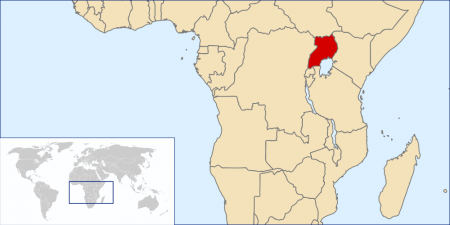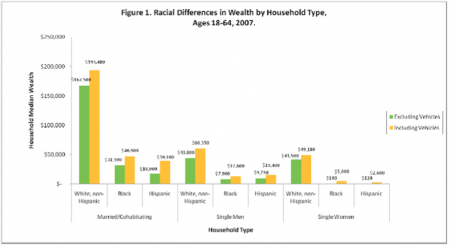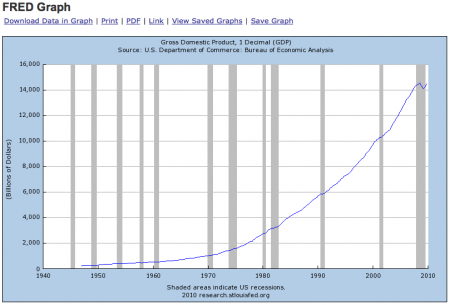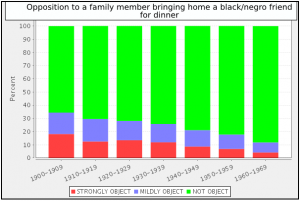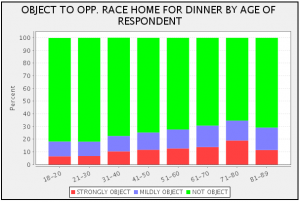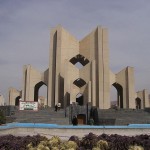“Winning is the easy part, losing is really tough. But, you learn more from one loss than you do from a million wins. You learn a lot about sportsmanship. I mean, it’s really tough to shake the hand of someone who just beat you, and it’s even harder to do it with a smile. If you can learn to do this and push through that pain, you will remember what that moment is like the next time you win and have a better sense of how those competitors around you feel. This experience will teach you a lot on and off the field!” – Amy Van Dyken
Sports bring out the best and the worst in us. In victory and defeat. When the competitive fires burn fiercest they strip away facade and open windows into the soul. We’ve been playing Ultimate Frisbee on and off all year for PE and like it because it offers, in a microcosm, a remarkable view into the character of my students. Subtle behaviors in the classroom get magnified on the playing field; the willingness to quit when the score is against you versus the quiet perseverance no matter what happens. Yet, if the way we act when we play sports reflects the our character, then perhaps we can shape our character by changing the way we act when we play. That’s what “they” mean when they say that playing sports builds character.
“How a man plays the game shows something of his character; how he loses shows it all.”
-Tribune (Camden County, GA)
I’ve also come to realize that team sports can work as a substitute for co-operative games if I insist on a half-time team talk and a post game discussion by the whole group. The half-time talks are turning into pep talks and the post-game talks are proving very useful. I choose someone at random to give the talk.
There are times when you’re tired and times when you don’t believe in yourself. That’s when you have to stick it out and draw on the confidence that you have deep down beneath all the doubts and worries.” -Jim Abbot
I have not had many post-match group talks, but I am rectifying that. After each game, the group need to address some reflective questions:
- What worked?
- What was challenging?
- How did you feel?
- What did you learn?
Once again, we practice reflective thinking, although this time it’s for the group as well as the individual. We’re building abstract thinking skills as well a character, and hopefully, they both reinforce each other.
“The answers to these questions will determine your success or failure. 1) Can people trust me to do what’s right? 2) Am I committed to doing my best? 3) Do I care about other people and show it? If the answers to these questions are yes, there is no way you can fail.” –Lou Holtz
